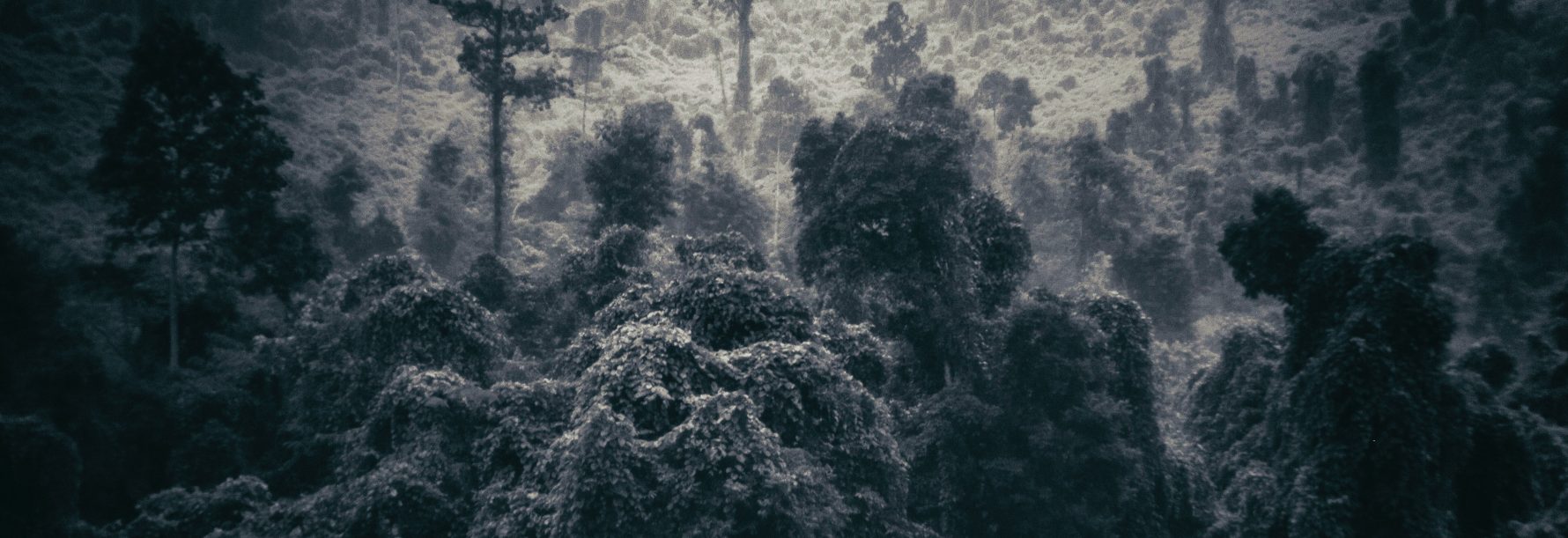Can we build a minimal form of life from molecular components? – Bert Poolman (U Groningen, NL)
‘What I cannot create, I do not understand’ is a famous quote by Richard Feynman, found on a blackboard after his death. Building life can help us to understand it better. That is what the Dutch consortium BaSyC is doing – and they recently got a multi-million euro grant to do it. Biochemist Bert Poolman (University of Groningen, the Netherlands) is part of this consortium.
‘Our challenge is to construct all parts of a cell from molecules‘, said Poolman. This is quite a task, as the number of proteins in an Escherichia coli bacterium is roughly equal to the number of parts in a Boeing 747. Poolman himself is tasked with creating a metabolism from simple examples found in nature with the goal to sustainably supply the cell of fuel.
Making a synthetic system is more than just getting a few molecules from a real cell and putting them into an artificial vesicle. ‘Cells are not random bags of enzymes, but dynamic structures’, Poolman emphasized. There are many interactions of all the molecules crowding inside cells. Getting the amount and interactions of proteins and other molecules similar to that of a real cell inside a vesicle is in itself already a huge challenge.
Poolman sketched the metabolic pathway he has chosen to test in an artificial system. It produces ATP by converting arginine into ornithine. The nice part is that the arginine importer is driven by ornithine export. A not so nice part is that the system, unexpectedly, increased the acidity in the vesicle, so this required some extra compensatory systems. But it does show that we can learn by building artificial systems.
Poolman also showed an ATP driven ionic strength-gated ABC transporter that he can now power with the fuel generated in the synthetic cell, and the current system is capable of controlling the volume of the cell. A colleague of his at the University of Groningen is creating a synthetic lipid synthesis system, and others construct additional modules. Eventually, the participants of BaSyC must combine their systems to ultimately create a cell that can sustain itself, grow and replicate.
Divided we stand – from bacterial cell division towards synthetic cells – Cees Dekker (U Delft, NL)
The next speaker, nanoscientist Cees Dekker (TU Delft, the Netherlands) is also part of the BaSyC consortium. He aims to produce an artificial system for cell division. For a proper cell division, you need a duplication of parts, spatial separation and finally division. This division is often guided by a protein ring structure.
Over the past years, Dekker studied the processes involved in cell division, in for example cells that were forced into strange shapes like triangles, circles or squares. ‘We wanted to understand the biochemistry behind it all’, he explained. This led to insights in how the cell decides were to divide, and which proteins are involved in positioning the division ring. Oscillations up and down the cell of the Min protein guided the FtsZ proteins that form this ring. But as yet, in vitro and in vivo systems are still different, so more work is needed.
Ultimately, Dekker wants to add division machinery to a vesicle, and induce it to divide. This is still some way off: ‘We are taking baby steps towards the goal of synthetic cell division.’
From molecule to biosphere: reductionistic versus emergentistic – Han Olff (U Groningen, NL)
The third session continued on the second day with ecologist Han Olff (University of Groningen). His work bridges scales from molecules through ecosystems to the biosphere. Olff started out be stating that a reductionist approach – only trying to understand how a system works by studying its components – doesn’t work in biology: ‘the elemental composition of a baby doesn’t explain a working baby.’ Instead, the interactions between different components and levels of organization in biological systems are important. Biology is made out of ‘complex interacting systems’, with emergent properties.
He illustrated his point by focusing on autocatalysis. This is found at many levels from chemical reaction sets to ecosystems, though not always under the same name. ‘We need to clarify terminology in order to understand similarities across levels.’ Olff sketched a simple system in which grass forms litter on which microbes live, producing nutrients that can be used by grass. In this feedback loop, the introduction of, for example, earth worms, or herbivores, enhances the mutual benefit of all species, boosting their growth rates. Olff’s research in savannahs has so far shown that large herbivores locally compact the soil, thereby creating conditions favorable for the type of vegetation they eat. But on other patches, earthworms loosen the soil, making it better for them. Thus, competing autocatalytic loops may coexist at the landscape scale.
Expanding on this, Olff went on to develop a mental model which should facilitate thinking and talking about causation across even larger scale differences, down from (sub-)atomic to planetary and astrophysical scales. He made the important point that dealing with complexity across levels of organization requires an approach visualized as a stack of ice-cream cones. At each level of organization, it is important to reduce complexity to a simple set of emergences which form the mechanisms to explain complexity at the next level of organization. This keeps complexity manageable, compared to for example explaining the functioning of the whole ecosystems from the set of all biochemical reactions in all the cells of all organisms that together form such an ecosystem.
Recreating the origin of life with non-equilibrium mechanisms? – Dieter Braun (LMU, D)
To round off this session, biophysicist Dieter Braun (LMU Munich, Germany) showed how molecules can be concentrated by simple physical processes. Inducing heat flow and thereby establishing a small-scale temperature gradient results in a non-equilibrium system that might have occurred in for example the volcanic rocks of Iceland. In a fluid-filled container which is heated on one side, convection and cooling will create a system in which molecules accumulate on the cold side.
Bigger molecules will accumulate better than small ones. In this way, for example RNA precursors might accumulate without the need of compartmentalization in vesicles. Indeed, lipids are also concentrated by this system and lead to the formation of vesicles.
The next step Braun took was to look for molecular evolution. When polymerase is added, DNA strands replicate. Interestingly, longer DNA strands are selected over short DNA. The next step is to see if the system can host chemical replication systems without the polymerase and obtain similar results in prebiotic conditions. Braun showed more examples of replication and selection, and different ways of creating a selective flow inside a container or on a surface. He also pointed out that the system that his laboratory developed for temperature-induced molecule accumulation has been the base for an innovative start-up Nanotemper.



